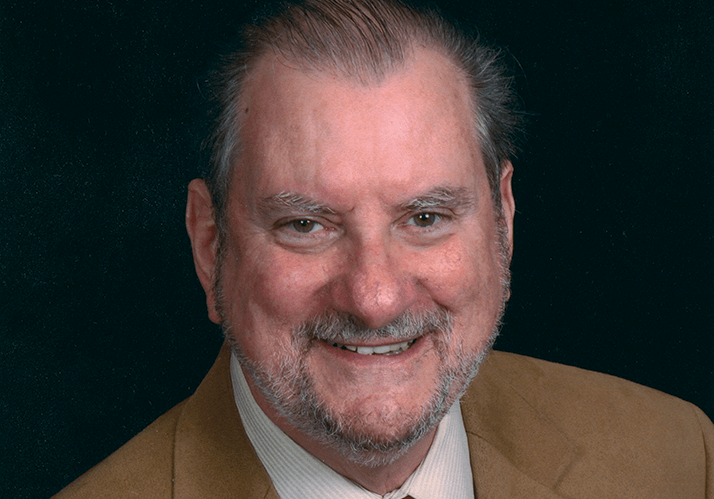
What does a science archivist actually do? The primary functions are to collect information that would otherwise be lost and to provide a repository for items that are of historical value. There is not a fixed set of criteria for what to archive; everything is judged on individual merit.
What are your functions as ASMS archivist? There are several. I preserve the papers from ASMS Board meetings. Some of it can seem a bit mundane, for example, deliberations on whether posters should be allowed at the annual meeting, but it also provides a useful record to help determine when important events occurred and how they were perceived by the community. I also run an oral history project: these are in-depth interviews with two or three key contributors to mass spectroscopy every year. And I represent ASMS to the Chemical Heritage Foundation (CHF), where we have pursued the collection of mass spec instrumentation. But that can be a little rough because of the sheer size of the instruments, some of which take up an entire room. Is there any way around this? One idea is to record instrument history via video. Rather than collecting the instrument itself, this involves someone using the instrument and talking about its application and idiosyncrasies. Are you also an historian of science? I do not consider myself a historian as I lack the formal training, but it does really interest to me. Obviously, the interpretation (history) is more fun than cataloging (archiving). These days the opportunity to do historical research is there: you can dig quite deeply into the primary source literature using the Internet where twenty years ago you would have required access to a major, physical library. I am drawn to controversies. Certain ideas have been dismissed out of hand as impossible, useless or meaningless, which, later on, have opened new vistas. Let me give two examples. The original study submitted by Frank Field and Burnaby Munson to JACS on chemical ionization got scathing reviews. They stuck with it and when it was eventually published it kick-started gas-phase ionization chemistry. I’d love to know who the reviewers were. Another is John Fenn’s work on electrospray, which was rejected on a number of occasions before it became a powerful tool for the ionization of proteins. Both instances reflected the ‘old boys club’. Field and Munson worked for a small oil company called Humble Oil; and Fenn, while he had a reputation in supersonic expansion nozzles, was an outsider in mass spec.
You enjoyed a long career in the lab, were you interested in history then? No, it was a subsequent development. At the lab bench, I was focused on the research and day-to-day instrumentation, although the history interest group of ASMS did intrigue me. What really got me involved was the sense that some classical instruments should be preserved. Then, when I was involved in running a local mass spec discussion group we invited Al Neer from Minnesota to give a talk about his career and his research. That was when the oral history project got up and running – I wrote up a proposal to spend the weekend interviewing Neer. From then on, I had the bug. Why should lab scientists take note of the history? Apart from its intrinsic fascination, having a historical perspective can help you become a better scientist; it helps set the tone for the things that you publish. As an example, 2013 is, I have argued, the centenary of mass spectrometry as an analytical tool. In 1913, J. J. Thomson published both his book, “Rays of Positive Electricity and their Application to Chemical Analysis,” and his concept of the atom; and it was the year that an x-ray tube sufficiently powerful to x-ray something other than a human being was developed. These were essential developments that should be celebrated. Should scientists make a personal archive of their work? Yes, even if it is for no other reason than your own interest in retirement and your children and grandchildren’s interest. A lot of it can be done by filing away daily work and notebooks. I have a miniature archive that captures contributions from my career. However, don’t expect an archive to take it; they have limited space for Frank Field’s papers but not for mine.
Which two historic figures would you most like to have had dinner with, and why? J. J. Thomson would be one. He has not been adequately recognized for his contributions, although the mass spectrometry community now appreciates him. Before him, the concept of the atom was a philosophical one; after him, it was physically available for examination and experimentation, a paradigm shift for atoms and elements. I’d be fascinated by Thomson’s reaction to how we do mass spectrometry today, would it be beyond what he could have imagined? The other would be Werner Heisenberg. I’d like to discuss his decision to use heavy water for fission reactions in the 1940’s, specifically if he had non-scientific reasons for doing it. It’s something I’m really curious about.
